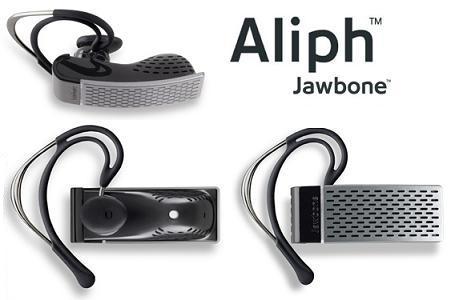Had to buy a new DECT cordless phone today, as the kids finally managed to bust the only remaining good unit in the house – so I went shopping for a Siemens, as they have proven to be the most trustworthy and abuse-taking phones. This is the one I got, thinking how nice it would be to use the built-in Bluetooth to sync my agenda and use a headset for long calls.
Or so claimed the blurb, soon to be proven wrong. First attempt, sync my Mac’s address book, should be easy enough. The phone supports exchange of files in vCard format, but it failed to actually receive any, it just sat for ages with a ‘Transferring data’ message on the screen, until it bombed with not even an error message. Sending from the phone to the Mac failed equally well.
I then tried to pair my Jawbone headset with the phone, which was mostly uneventful (although it took two tries to get the headset into the preferred devices list). Dial a number. Press the call button on the headset so that it takes over. Watch nothing happen. Attempt to pick up an incoming call by pressing the headset button – fail again.
So off I went to the Bluetooth SIG to check the PICS on this piece of crap, and lo and behold, there it was – the SL560 supports Bluetooth 1.2, which in itself should not be a problem, if the right profiles are supported (and correctly implemented of course!). This is where things turn south, on the audio side, the phone only supports the Audio Gateway (AG) role, which is confusing to many headsets out there, which expect either a handsfree or headset profile to be available. Headset (HS) is specifically NOT supported on the SL560. Thus, expect many headsets to fail talking to this phone.
On the data front it doesn’t fare much better, with object push client and server supported, but only the basic requisites are implemented, being information on supported content, authentication and PIN exchange, object push, and vCard 2.1 format. Nothing else like business card exchange, or calendaring formats are supported. I have to try sending a contact from a Windows PC, as it wouldn’t be the first time Apple implements something in funny ways (maybe OS X supports vCard 0.1 Beta, who knows!).
Conclusion? This phone is going back to the shop tomorrow, and I’ll be getting a less fancy, more standard Siemens. Bluetooth SIG, it’s about time you start policing manufacturers with some degree of accountability, not merely watching the compliance reports come in. I can certify my Bluetooth device with just one test rig, and not test it with any real-world device, and still claim it is Bluetooth compliant, and I know from experience that such a device is bound to fail.

